
Question and Answers Forum
Question Number 161626 by ZiYangLee last updated on 20/Dec/21
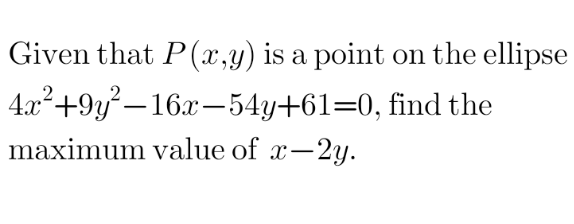
Commented by TheSupreme last updated on 20/Dec/21
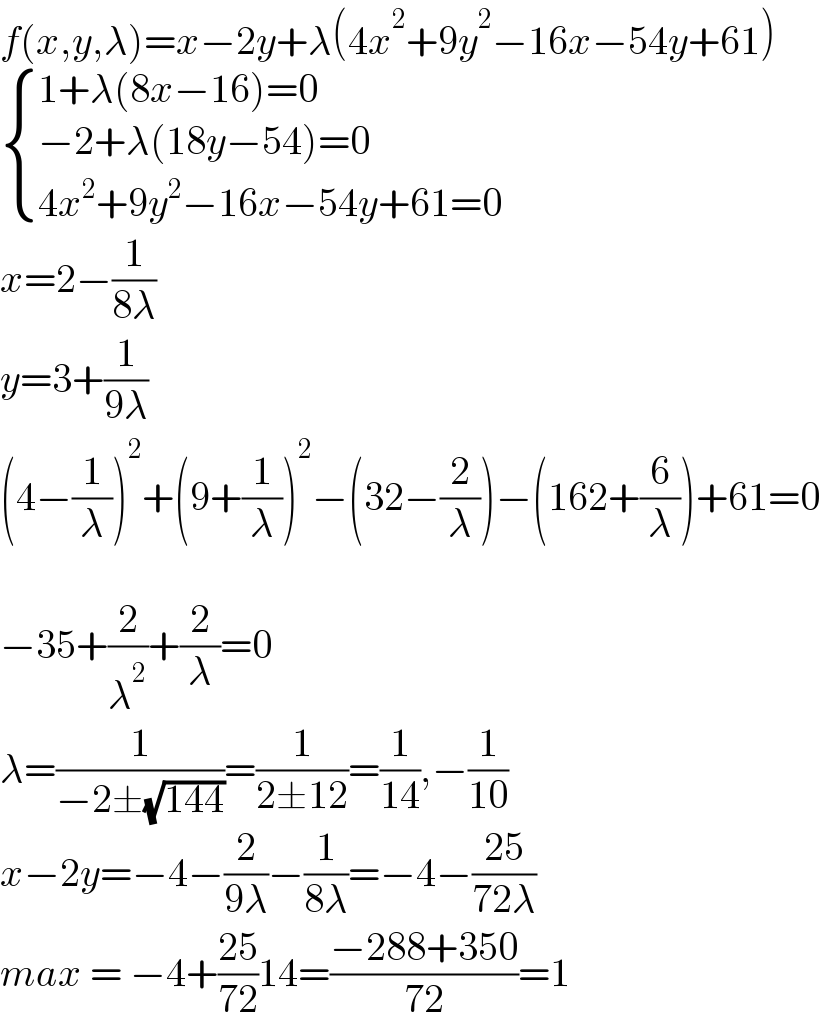
Answered by mr W last updated on 20/Dec/21
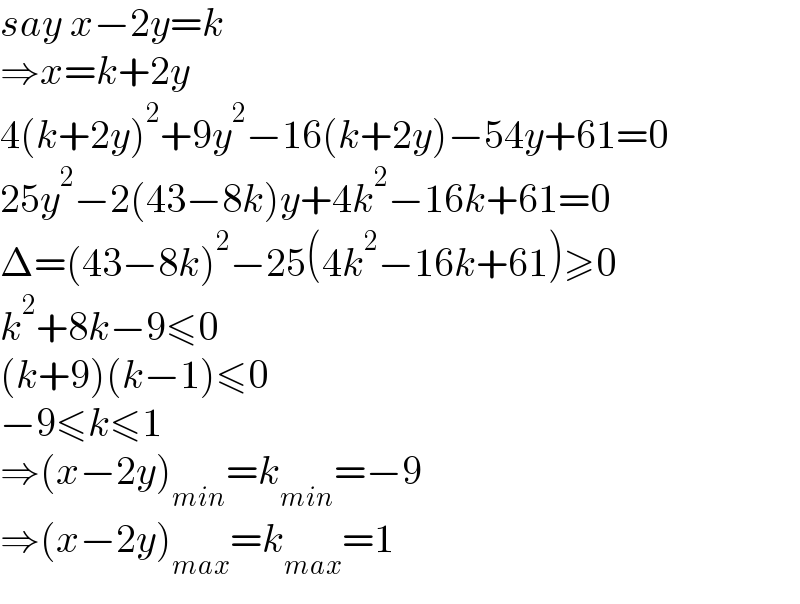
Commented by mr W last updated on 20/Dec/21

Commented by mr W last updated on 20/Dec/21
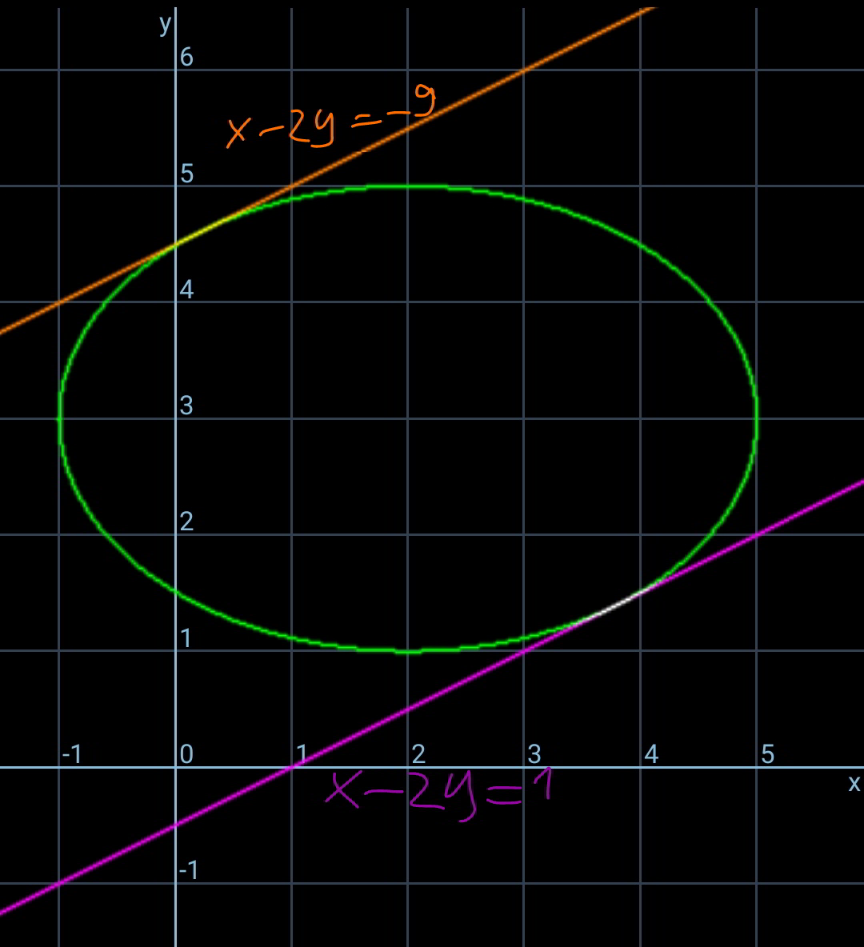
Commented by ZiYangLee last updated on 20/Dec/21

Answered by aleks041103 last updated on 20/Dec/21
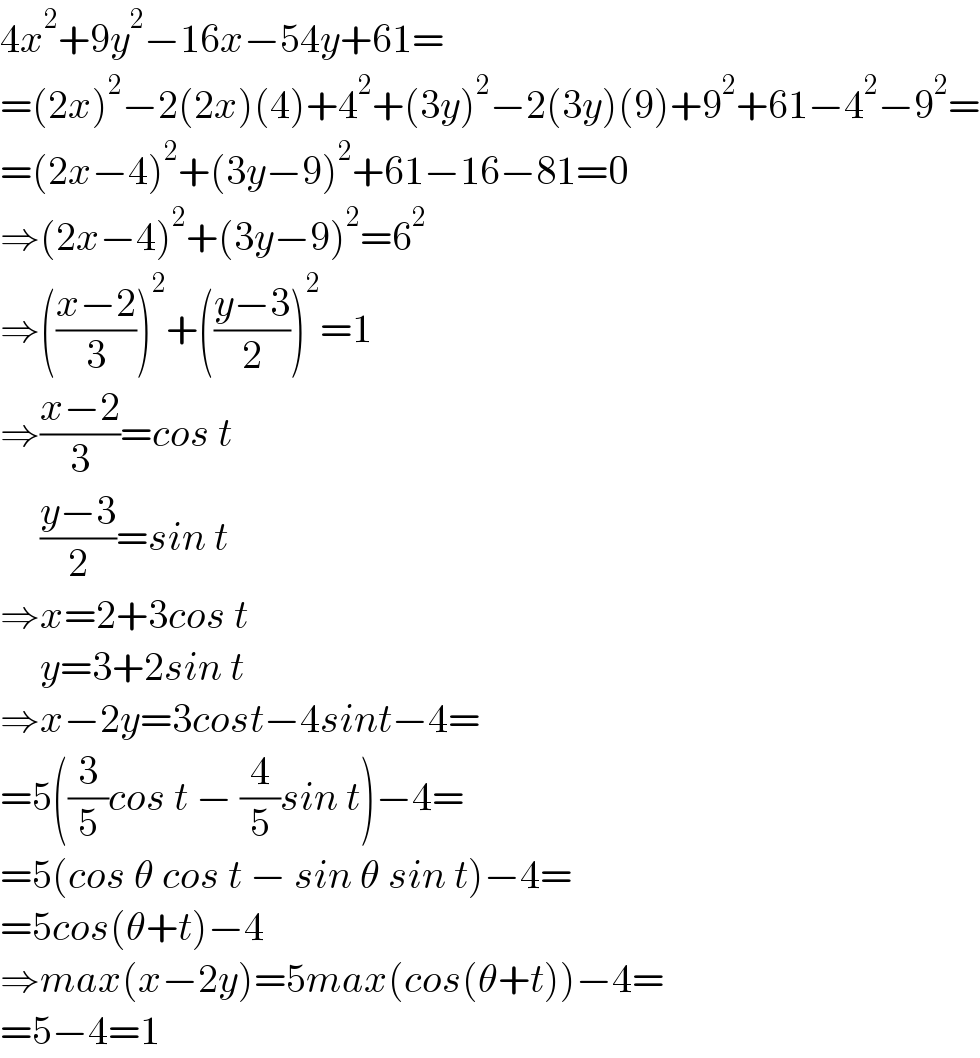
Commented by peter frank last updated on 20/Dec/21

Answered by mr W last updated on 20/Dec/21
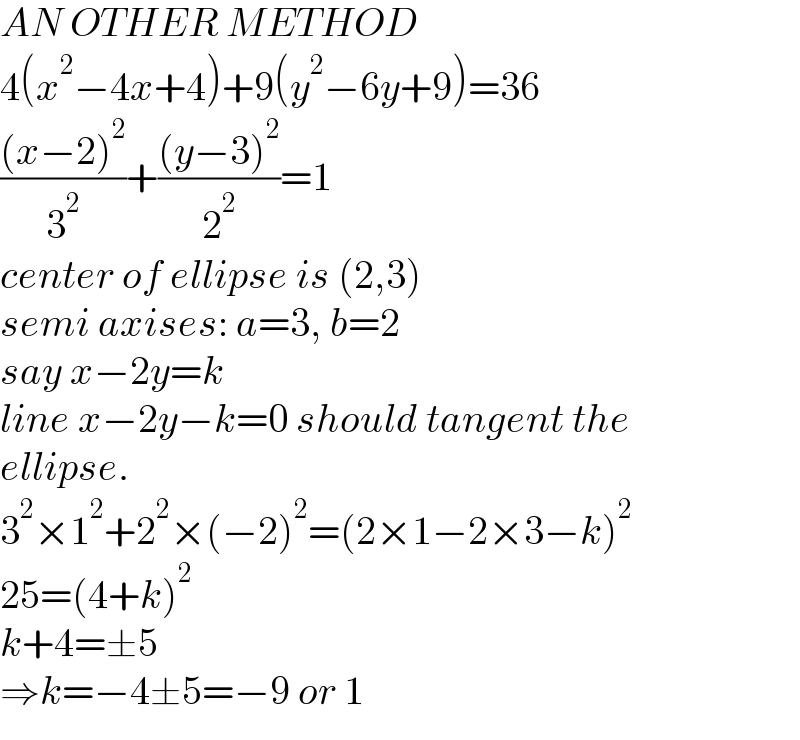
Commented by peter frank last updated on 20/Dec/21

